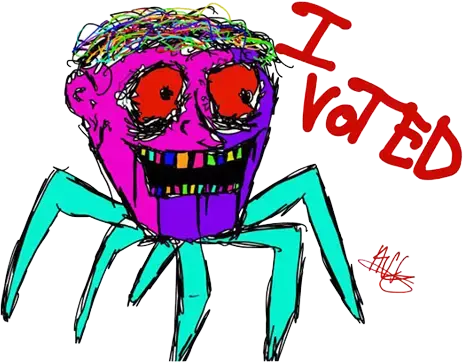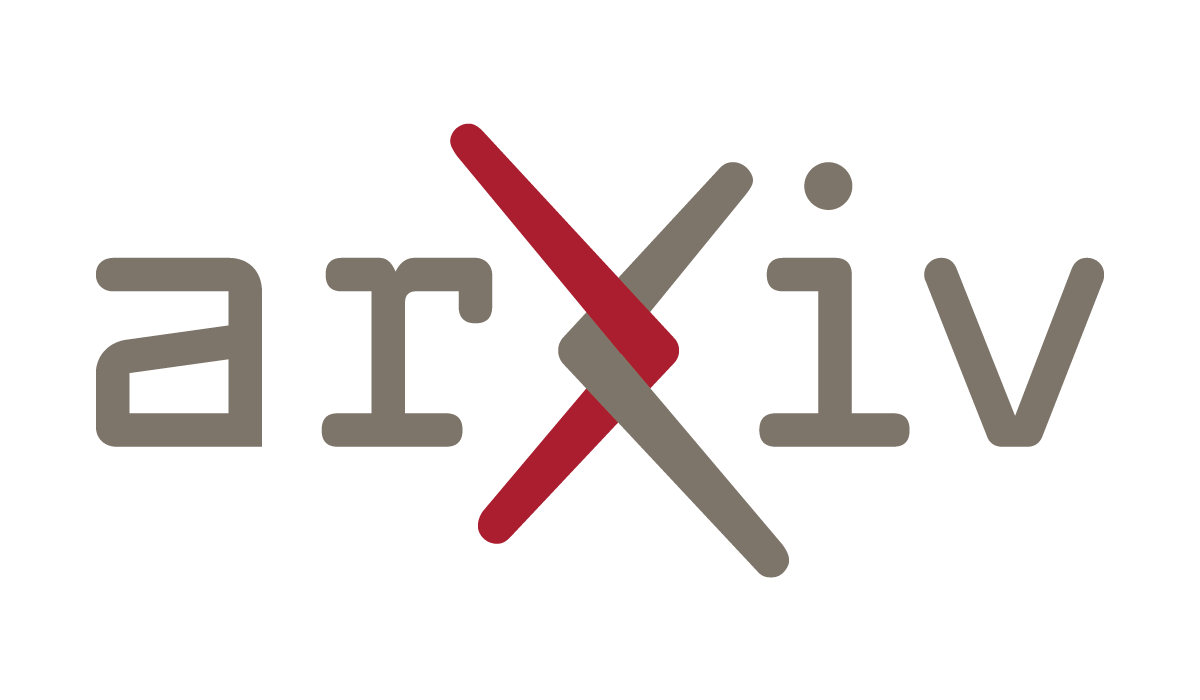Philosoraptor [he/him, comrade/them]
- 37 Posts
- 673 Comments

 6·2 days ago
6·2 days agoIt would actually probably be a net positive for the US, at least in most places (and at least if you ignore the blowback from the rest of the world). We’re less likely to get hit by major precipitation changes, have the technology to shift our agriculture practices to compensate for what changes we do see, and the capital to adapt. A significant (>2°C) temperature reduction is likely to have enough positive effects for us to make it at least a wash. The same is not true for the rest of the world. We all know how much that matters to us, though. This is part of why I’m not optimistic about us keeping this particular genie in the bottle.


 10·2 days ago
10·2 days agoPrimarily precipitation pattern shifts. Stratospheric aerosol injection (SAI) is highly likely to result in less precipitation falling globally overall, but it’s really the distribution that’s worrying. Our natural model for this–the eruption of Mt. Pinatubo in the 1990s–caused an almost perfect inversion of global precipitation patterns: places that usually get a lot of rain turned dry, and places that are usually dry got a lot of rain. The effect was detectable for more than two years, and appeared and disappeared right along with the temperature reduction signal.
Here’s the precipitation anomaly and Palmer Drought Severity index data for 1991 and 1992, immediately after the eruption. Warmer colors mean less water:

Computational modeling of SAI has indicated that this was not a fluke, and that the degree of change will likely increase with more aerosols in the stratosphere. Both elements of the switch are bad: if you’re used to dry conditions, excess precipitation brings flash flooding, erosion, and mudslides. If you’re used to rainy conditions, a lack of precipitation brings drought, famine, and fire. SE Asia–and other places that rely on a stable seasonal monsoon–are likely to be especially hard hit, and we have every indication that the shift would be permanent for as long as we kept up SAI. That’s why I said it would set off the worst refugee crisis in the world’s history.

 5·2 days ago
5·2 days agoYeah, I’ll put together an effort post tomorrow.

 9·2 days ago
9·2 days agoI’d prefer not to dox myself directly, but I can certainly put together an effort post tomorrow.

 92·3 days ago
92·3 days agoI did a two-year post-doc in a climate modeling lab at a major research university studying exactly this proposal. I have peer-reviewed publications on it. I cannot overstate what a bad idea it is. It would kill–at minimum–tens of millions of people, and set off the worst refugee crisis the world has ever seen as global precipitation patterns shifted–and those are the effects we know about. Once we start it, we will have to run it indefinitely or incur absolutely apocalyptic snap-back temperature increases.
Still, I will be absolutely flabbergasted if we don’t implement this sometime in the next 15 years. It’s cheap, effective at controlling temperature increases, and will let us continue to kick the can down the road for meaningful climate action.

 171·4 days ago
171·4 days agoThe fairness doctrine remains in place for electoral candidates (well, it’s called the Equal Time rule or something, but same idea). If you give one “major” candidate a prime time interview, you have to offer the same treatment to the other. Trump declined the interview.
This is part of why voting third party is not a waste: imagine if 60 Minutes were legally obligated to host PSL or Green Party for a sit down interview every time they gave one of the Ghouls a time slot.

 10·5 days ago
10·5 days agoI’m an elder millennial and never got into them either. I generally enjoy the genre that they’re supposedly in, but just never clicked with their stuff in particular. Apparently that was a good gut reaction.

 33·5 days ago
33·5 days agoYeah, it’s fucking terrifying and a needlessly fast/complex process that seems designed to intimidate people doing it for the first time. Like everything else, it is extremely tilted in favor of people who have limitless money to burn and are doing what they’re doing in order to make a profit, not survive. Solidarity, comrade.

 16·6 days ago
16·6 days agoI respond to every single text with “Free Palestine.”

 8·7 days ago
8·7 days agoHas anyone else ever run a third time after being unsuccessful twice?
Biden has been running for president since like 1906.

 5·7 days ago
5·7 days agoThis is actually becoming a significant problem in some contexts. I train people in some wilderness first aid skills and also train the Burning Man community mediators / first responder volunteers. We’re starting to get folks who volunteer for us, but are staggeringly bad at knowing how to navigate the world when GPS is unavailable or unreliable. Burning Man’s Black Rock City is laid out like a clock face, with radial streets named for times on the clock and other streets running perpendicular to those named after letters (so an address would be something like “5:45 and G street”). In the last few years, we’ve been increasingly seeing people who want to volunteer to help folks, but struggle to navigate this very, very basic city grid even with the benefit of a map. It’s not so much that they can’t use a paper map–that is a problem, but very few people have ever been any good at orienteering without training–but rather that they’re fundamentally just not used to the idea that you have to pay attention to where you are. GPS exists out there, but without specialized gear, it’s not precise enough to really locate you on the city grid, and since the city shifts location in the Black Rock Desert every year, it’s difficult to hard-code something like that with a specialized app or piece of tech. Map use is a trainable skill that we’re used to incorporating into the curriculum, but the idea that you have to actually look at street signs and dedicate a portion of your brain to remembering your location, trajectory, and relative position has turned out to be extremely difficult to impart to people who have never had to do it. We’ve had to turn away otherwise very good volunteers because “paying attention to your position in space” turns out to be a skill that’s very hard to train for in a limited time frame.

 14·8 days ago
14·8 days agoimaginary PhD Anarcocellerationists


 4·8 days ago
4·8 days agoI’m sympathetic to the idea that categories and abstractions are real in some sense. It’s a weird view, but I think it has merit. The right question to ask, though, is “what makes your proposed abstract object worth treating as if it were real?” The utility of things like this comes from the predictive power you get from treating them as real: “the economy” is an abstract composite object in much the same way
 seems to think “dragon” is, but we get a lot of predictive and explanatory mileage out of tracking it as an individual thing. What predictive utility does talking about dragons get us beyond what we get from talking about, say, a predator? I can make up all sorts of objects–let’s track the object that consists of the union of all pennies minted after 1982 and the left half of
seems to think “dragon” is, but we get a lot of predictive and explanatory mileage out of tracking it as an individual thing. What predictive utility does talking about dragons get us beyond what we get from talking about, say, a predator? I can make up all sorts of objects–let’s track the object that consists of the union of all pennies minted after 1982 and the left half of  . That’s a “legal” object in about the same sense that the economy is, but there’s nothing interesting about it: picking it out doesn’t enhance our ability to predict or understand the world. “Dragon” in the sense that he’s trying to use it is like that.
. That’s a “legal” object in about the same sense that the economy is, but there’s nothing interesting about it: picking it out doesn’t enhance our ability to predict or understand the world. “Dragon” in the sense that he’s trying to use it is like that.

 20·9 days ago
20·9 days ago What we need to be is more effective fascists!
What we need to be is more effective fascists!

 6·11 days ago
6·11 days ago
Gonna tell all my students that this is Daniel Chapo, president of Mozambique.

 11·13 days ago
11·13 days agoThere’s a little cottage industry among philosophers of making versions of those “In this house” signs that feature all the weird arcane bullshit positions that philosophers have about weird inscrutable issues that professional philosophers care about and customizing them to whatever brain-melting combination of things the particular individual believes. That is 10,000 times less cringe than having an election sign. I’d rather have a yard sign that says “in this house we deny the analytic / synthetic distinction” than an election sign any day of the week.













It wouldn’t need to be that much. A change of 1-2% in planetary albedo would likely be enough for the foreseeable future.